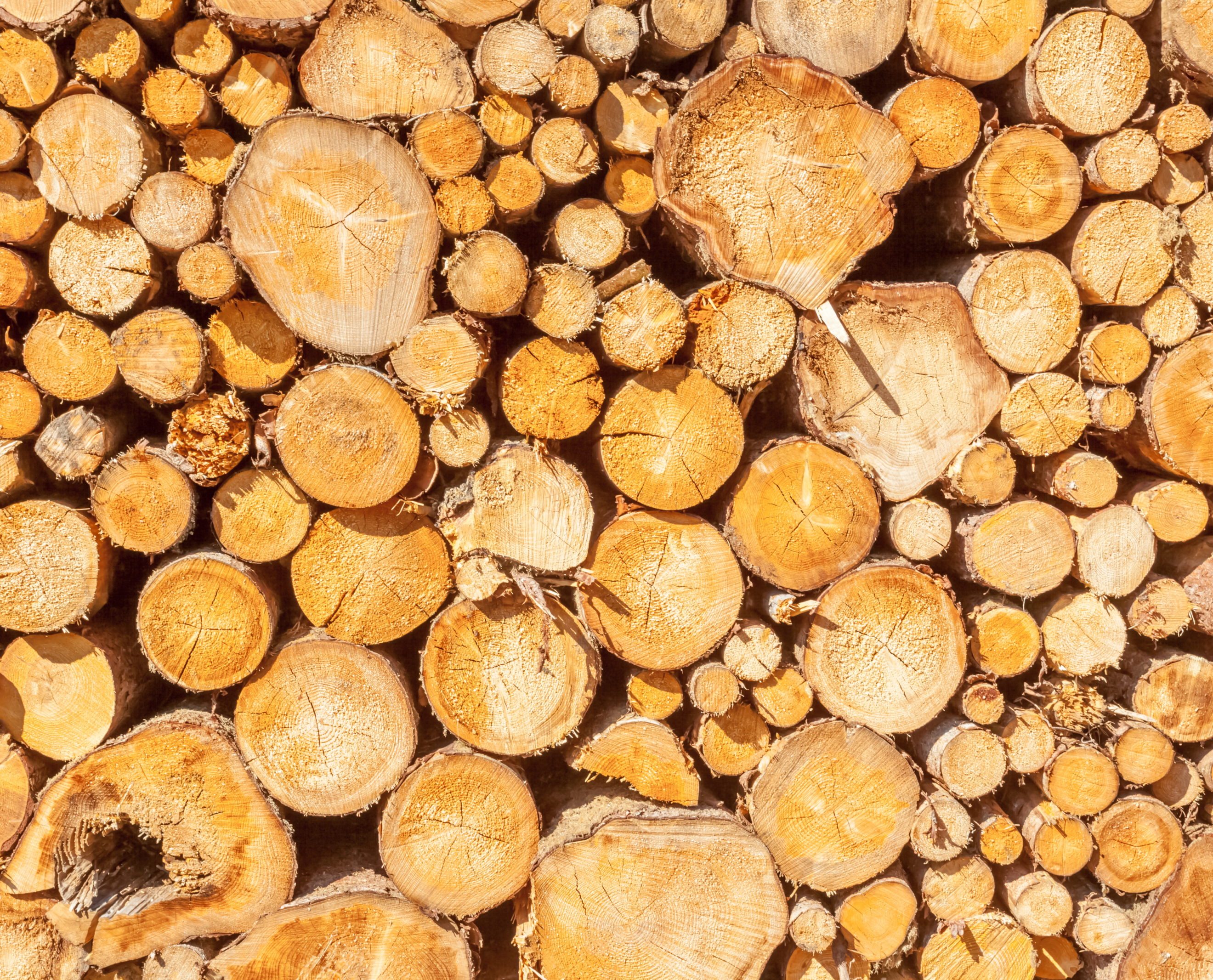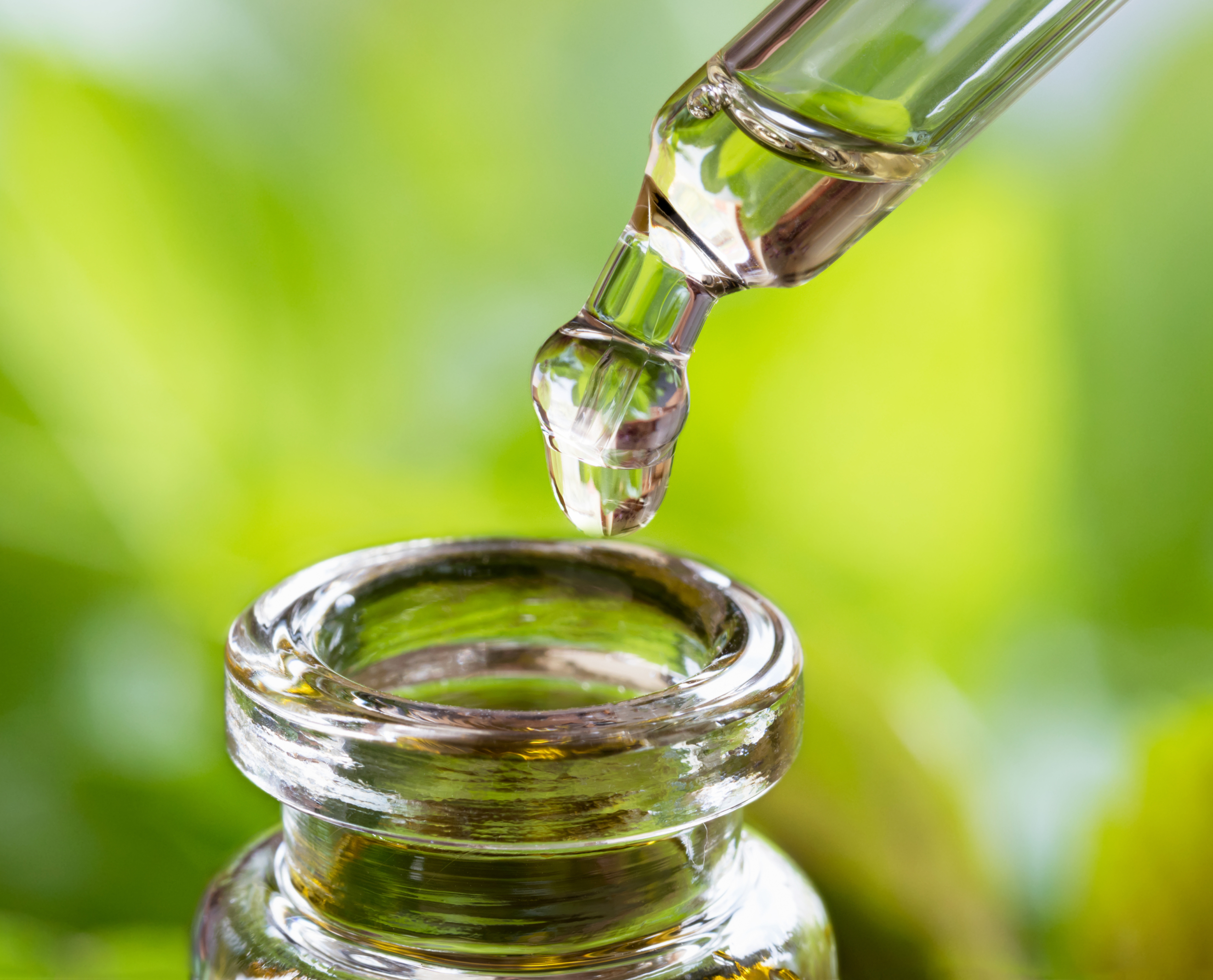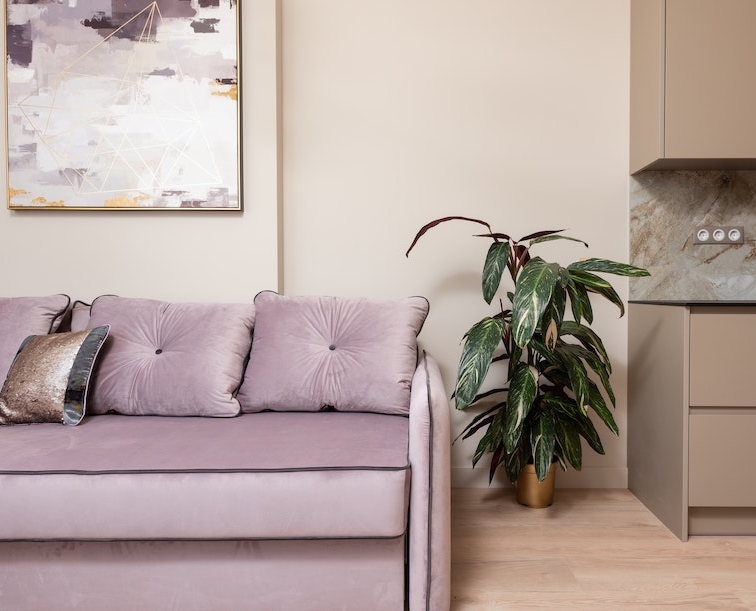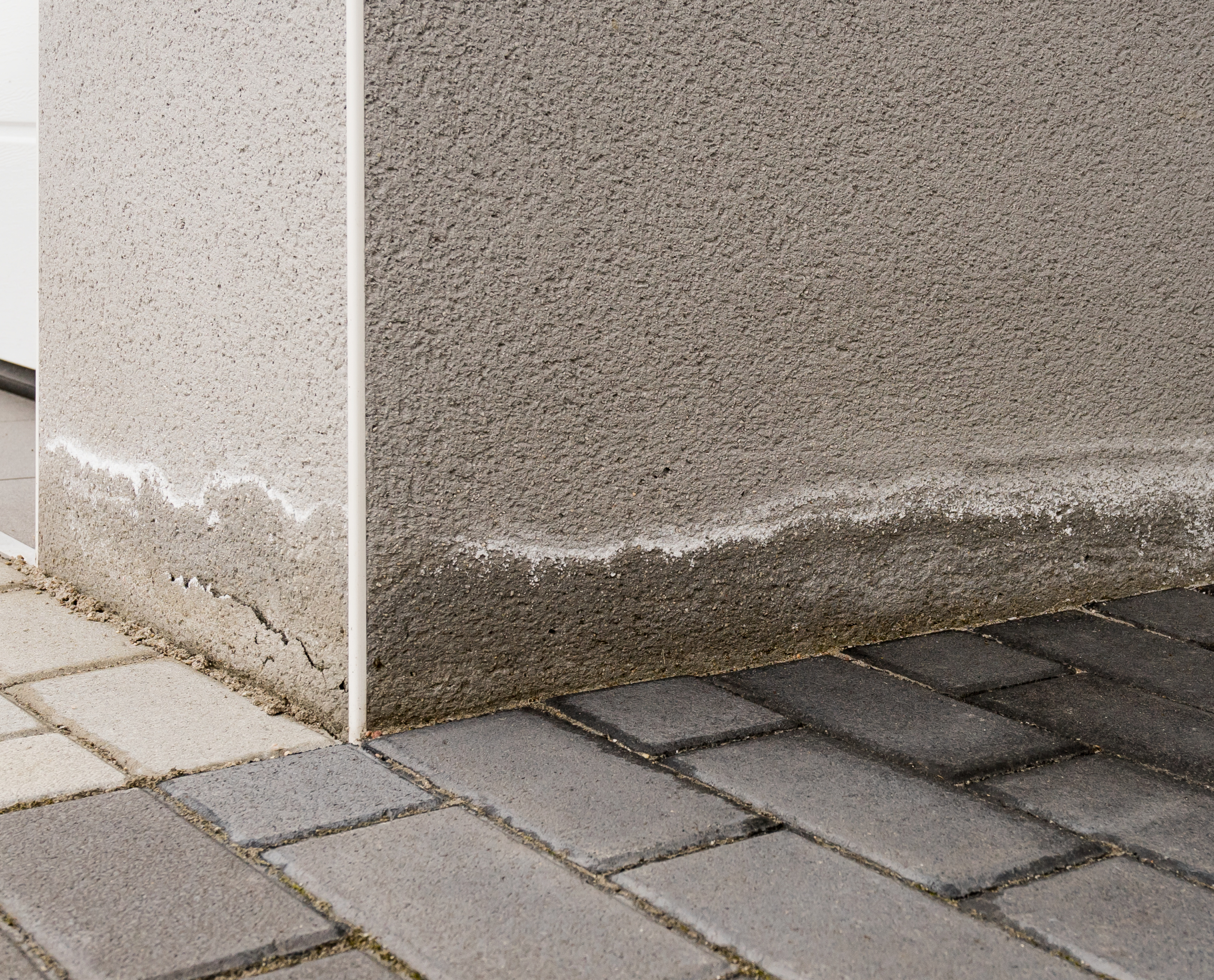Exterior wood care
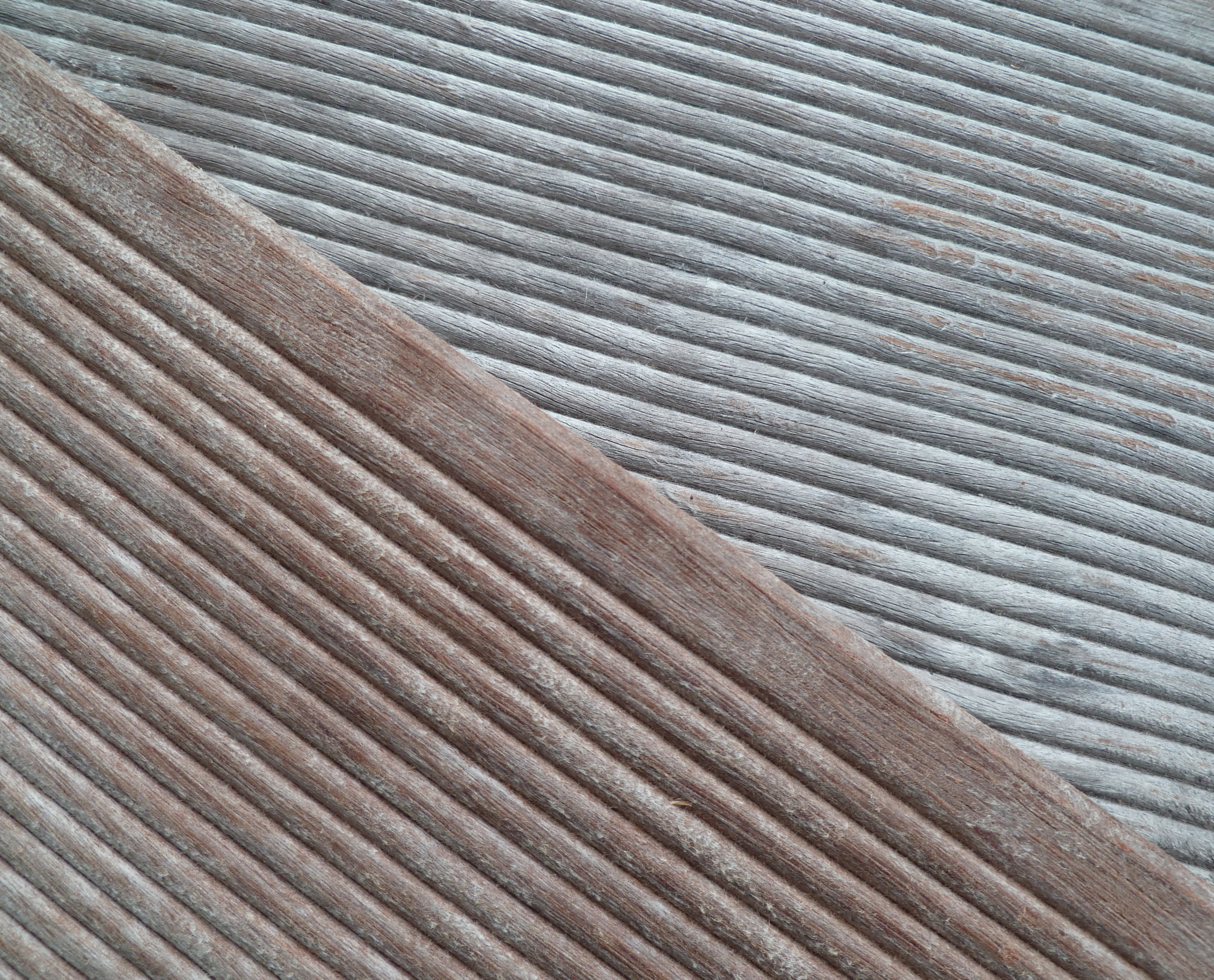
Exterior wood is exposed to many factors of deterioration and requires maintenance to stand the test of time. For wood treatment professionals, Groupe Berkem has developed several treatment solutions to clean and protect wood from external aggression. These solutions help to improve the strength and longevity of wood over the long term.
What causes exterior wood to deteriorate?
Exterior wood is exposed to many degradation factors that can cause the material to rot or splinter. From an aesthetic point of view, this damage results in the wood becoming dull, yellow or grey.
There are several reasons for this:
- The sun turns wood grey, as ultraviolet rays act on one of the main components of wood, lignin
- Water causes the wood to swell. These variations cause microcracks and accelerate the ageing of the wood.
- Biological agents can develop on the surface of the wood and alter its appearance
- The proliferation of wood-eating insects and wood-eating insect larvae (termites, house longhorn beetles, skipper beetles, small beetles, large beetles) weakens the wood by digging galleries.
- The existing finish degrades, cracks and changes the appearance of the wood
- Air quality and pollution affect the colour of wood
Take care of your outdoor woodwork with the XILIX Expert? network
Wood deteriorates inexorably over time, so it’s essential to maintain and renovate it. In such circumstances, calling in the experts is a must. Today, the XILIX Expert network is the leading national network specialising in the renovation and maintenance of exterior woodwork.
Why use the XILIX Expert professional network?
Anexpert in the renovation of exterior wooden surfaces, the XILIX Expertnetwork offers :
- Personalised diagnosis and recommendations
- The use of high-performance techniques and equipment adapted to wood materials
- Careful treatment and cleaning of wooden surfaces
- Professional products for long-lasting finishes
By carrying out all these meticulous steps, XILIX Expert guarantees perfect maintenance and renovation of all exterior wood surfaces. This network is undeniably a leader in outdoor wood care.
High-performance, durable products
XILIX Expert’s expertise lies in the use of high-performance, exclusive products. These Groupe Berkem products come in 3 categories:
1. All-purpose surface preparation product: XILIX Degreaser restores the shine of greyed wood.
2. A product that preserves surfaces: XILIX Treatment treats wood against insects and fungi, making it suitable for use in use class 3.1
3. Products that add a finish to surfaces : Like XILIX HYDRO b-HD Saturator, which delays greying and protects against external aggression, and XILIX Stain, which protects against climatic aggression and also delays greying.
